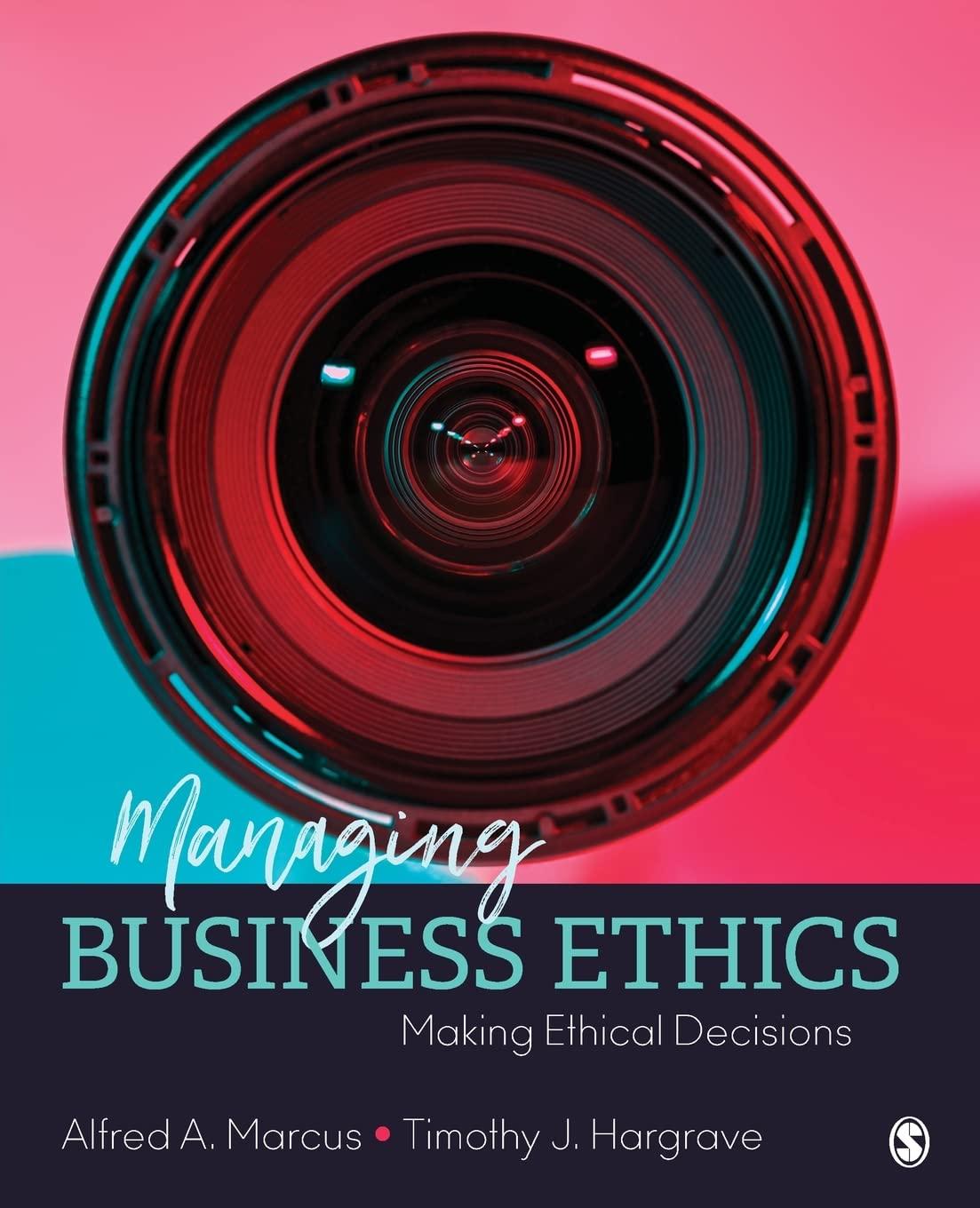USMNC (a fictionalized company) is a major U.S. corporation in the metalworking industry. A chemical release at
Question:
USMNC (a fictionalized company) is a major U.S. corporation in the metalworking industry. A chemical release at the company’s facility in the Philippines has resulted in 36 deaths, approximately 100 injuries, and property damage of more than $600 million. The event also has endangered the local population with a chemical cloud for a period of 36 hours. More than 25,000 people in the vicinity of the plant have had to be evacuated because of the explosion and fire that ensued, and a thin mist of the toxic pollutant, ethylene oxide, has lingered in the air for a period of more than 30 days. Workers and community members are lining up to bring lawsuits claiming they are suffering respiratory and other serious ailments as a result of their exposure to the toxic mist.
USMNC management views the incident as a wake-up call to do better, although it is not the first such experience at the company’s facilities. The event challenges management’s sense that the company is on the leading edge technically. It has some of the best engineers in the world, and though some of its processes are highly dangerous, management has always believed that these processes have the backups and redundancies needed to prevent serious damage to people and the environment. Talk of the risks of USMNC’s activities generally has been suppressed because it challenges the prevailing narrative.
Prior to the accident, most of management’s attention has been devoted to rapid expansion. The company’s ambition is to create a large global enterprise having the size and scope to realize economies of scale in an industry that is extremely competitive. The conventional thinking at USMNC has been that only aggressive global expansion would permit the company to survive.
How should USMNC respond to the chemical release in the Philippines? Use the weight-of reasons framework to answer this question. Consider all the stakeholders to your decision and the consequences of various courses of action you could take. Pay particular attention to possible financial benefits of treating stakeholders ethically as well as to opportunities for interactive stakeholder engagement.
Step by Step Answer:

Managing Business Ethics Making Ethical Decisions
ISBN: 9781506388595
1st Edition
Authors: Alfred A. Marcus, Timothy J. Hargrave





